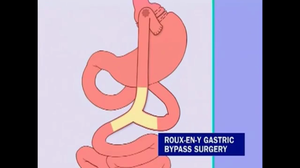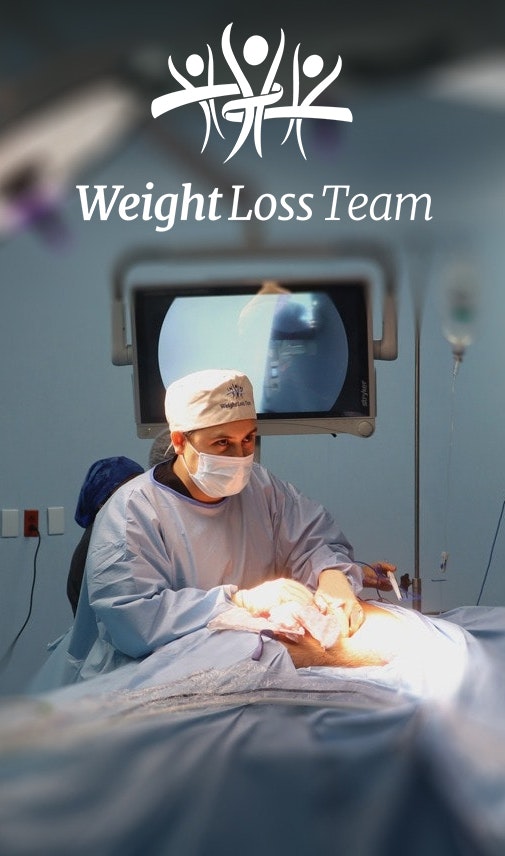Description
Dr. Juan Hidalgo performs gastric bypass surgery, also called Roux-en-Y. The procedure reduces the amount of food you can eat and the calories you absorb from each meal. Combined, these changes can result in significant weight loss.
View transcript
There are a number of types of weight reduction surgery. At Mayo Clinic, the most commonly performed procedure is called Roux-en-Y Gastric Bypass surgery. Clinical research has shown this procedure to be the safest, and most effective.
Roux is the name of a surgeon, who first described part of this technique. Y refers to a Y shape in the intestines created by this operation. The word gastric refers to the stomach.
Here's how the digestive system works. The stomach's most important role is to hold the food you've just eaten. Digestive juices in the stomach begin to break down the food. The food then moves into the small intestine, where other digestive juices help the body absorb nutrients such as protein. Certain nutrients are broken down to provide energy which is measured in calories. If you eat less food, and your body absorbs fewer nutrients, you'll get fewer calories.
Here's how a gastric bypass surgery accomplishes that. The surgeon separates a very small pouch of the stomach from the rest. That will be the only part of the stomach that receives food. This greatly restricts the amount you can comfortably eat and drink at one time. Of course, what you do eat and drink has to get out of the pouch. So the small intestine is cut across a short distance below the main part of the stomach and connected to the new pouch. Now, food and liquid will flow directly from the pouch into this part of the intestine, bypassing most of the stomach.
The larger part of the stomach, however, continues to make digestive juices needed to break down the food, so the portion of intestines still attached to the stomach is reattached further down. This allows the juices to flow to the small intestine. That forms the Y shape mentioned earlier. Notice that the food travels through a portion of the small intestine before most of the digestive juices are added. In that upper section, far fewer nutrients are absorbed than usual. That means calories are also reduced.
This operation also may be performed in a way called open surgery. An incision or cut is made in the abdomen, so the surgeon can reach the stomach and intestines.
Sometimes the gall bladder is removed during the operation. Gall stones are more likely to form when a great deal of weight is lost very quickly, as in the first four to six months after bariatric surgery.
Gastric bypass can sometimes be performed in a way called laparoscopic surgery. Several small slits are made in the abdomen. a viewing instrument and surgical tools are passed through the slits. The surgeon is able to see the stomach and intestines on a monitor.
The advantage of laparoscopic surgery may include quicker recovery and fewer complications with the healing of incisions.








